Anthony Dod Mantle is a director of photography (DoP) of major repute. Born in Oxford but now living in Copenhagen, he was the cinematographer on Dogville, The Last King of Scotland and 28 Days Later. He has won and been nominated for numerous awards and he works regularly with Danny Boyle and Lars von Trier.
His current project is shooting the first two instalments of three single dramas based on the Kurt Wallander Mysteries books. Starring Kenneth Branagh, the£6m co-production between Branagh's production company, Yellow Bird and Left Bank Pictures through BBC Scotland is part way through a 66-day shoot in Scandinavia.
An early adopter of digital technology for long-form drama production, Dod Mantle is shooting with the Red One digital cinema camera. The Red One is a near 35mm film resolution digital cinema camera that has an 11.4-megapixel sensor and is capable of achieving images that are 4k in resolution. Unless someone can prove otherwise, the Wallander project is the first UK drama production to use the Red One.
Dod Mantle took time out of his schedule to talk to Broadcast about the project.
What stage are you at with the shoot?
“We're shooting three stories by the summer. I'm shooting the first two with director Philip Martin. We shoot a monstrously tough schedule of 22 days per 90-minute [drama]. And we're shooting them back-to-back. We're trying to recce the next one while we're shooting this first one. It's all about getting them done as quickly as possible.”
That sounds pretty tough?
“It is a very hard speed to work at. If you want to just shoot two people up against a wall, slam a light in their face a shoot, you'll get through. If you want to give it a certain look it is tough. It's a conceptual first two. I'm laying down the style for a series that could be quite high profile. Every day you want to feel like you're doing one of two things a bit special if you can. And that is hard in that schedule.”
You've been quick to adopt new technology before but how confident were you that you could deal with the Red One?
“We all live in our world of expertise. I've hammered through my career and I move so fast - as we all have to - that I just soak up technology as it comes and I look at it with a critical eye and also with an open heart. I know roughly the tendencies. You don't have to be a genius to know roughly which way things are going as far as celluloid and digital media is concerned. In the world of digital cinema for both theatre and television cinematography is down to fundamental things such as definition, resolution and quality of the final result. What also comes into the bargain, as you embrace new technology, is the slightly new workflow.”
Using a pretty much untried technology on a high-profile BBC drama is brave. What influenced your decision?
“As a high-profile BBC series it's an interesting choice. But I think it's very logical. Things have got to happen very fast. There is a lot of excitement and a lot of natural caution behind a project like this. We've got to get it right. I've got to shoot something in 22 days and a lot of the work is at night. I could suggest various other formats. The BBC has its politics about 16mm and Super 16. We don't have the money for 35mm. We talked about the other obvious existing digital formats such as the D20, which I've got a lot of love for. But it's now outdated and is under serious development. They will come with a new one soon. There are all sorts of other cameras I've shot on.”
So, it's all about speed balanced with quality?
“For me, shooting a film at this speed, with the crew we have, with the time we have I knew that I had to move extremely fast. With probably less light - but not no light - and with a top lighting crew but even then, getting through it as fast I can, I knew I had to be a bit braver.
“This is a direct equation with the camera you work with. That means you have to have a very powerful camera that can stand fast treatment on set, quick solutions, brave solutions and not suffer technically like you can do with slightly more inferior digital formats where you get more noise, more grain, more disturbance and more lack of detail. You start to lose clarity.
“4k as opposed to 2k as opposed to DV, the higher up it goes the more quality you get. And 4k will stand the test of time when you have to turn it around quickly, edit it quickly get it through post and have a short time grading.
“The bottom line is about the quality of the image. Given that I'm working against the clock with a small crew I can get away with less on set and achieve more with further manipulation of the image in post. I can get enough quality on set with my minimal lighting but magnify it more significantly because there is much more definition, resolution and luminance.
Part 2


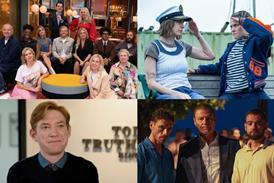

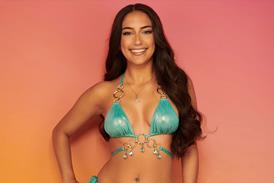


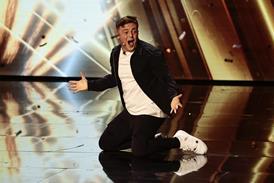
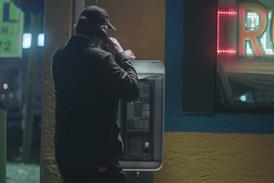
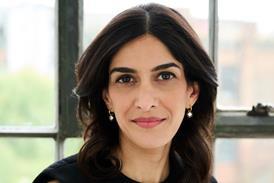

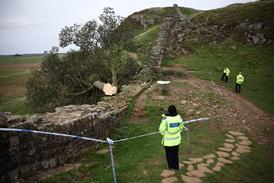
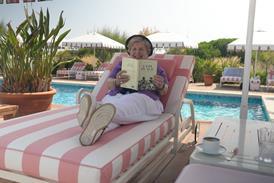







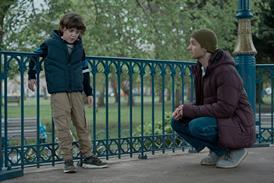
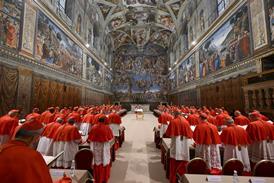
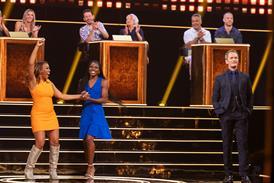



No comments yet